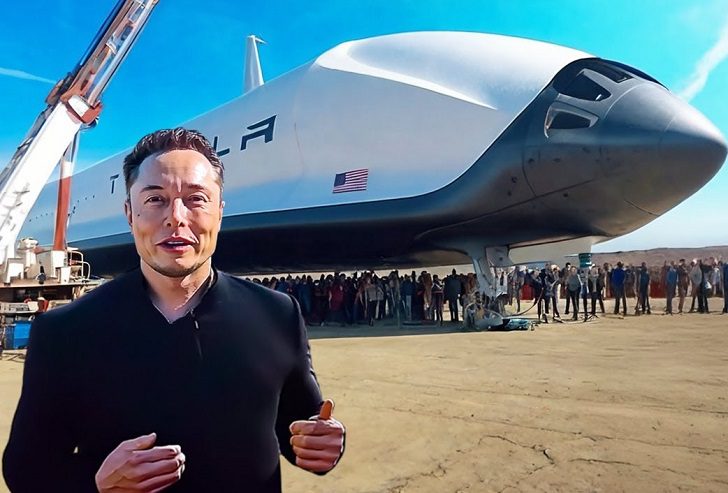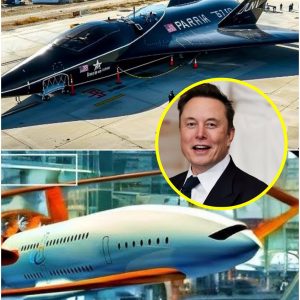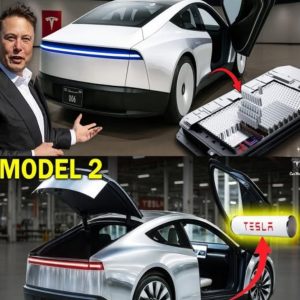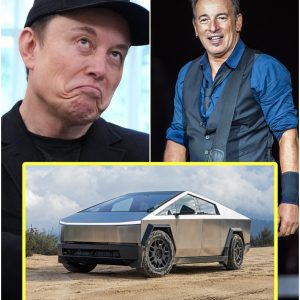In a jaw-dropping announcement that’s already being called the most daring move in aerospace history, Elon Musk has just unveiled SpaceX’s latest innovation: a supersonic space jet capable of rewriting the laws of physics as we know them. Sleek, fast, and built for the edge of possibility, this cutting-edge spacecraft isn’t just a vehicle — it’s a statement about where humanity is headed.
🚀 The SpaceX Supersonic Jet: What We Know So Far

Officially dubbed “Project Helios”, the new craft is designed to travel at speeds exceeding Mach 10 in near-space conditions, making it the fastest crewed aircraft ever conceptualized. Powered by a next-gen hybrid propulsion system that combines plasma arc thrusters, magneto-gravitic lift, and zero-delay quantum AI flight controls, the Helios isn’t just an upgrade — it’s an entirely new class of transport.
“This is not science fiction,” Musk said, standing before the sleek, arrowhead-shaped jet. “This is the next logical step in becoming a multi-planetary species.”
🌌 Key Features of the Supersonic Space Jet:
- Top Speed: Estimated Mach 12+ (9,200+ mph)
- Altitude Range: Low-Earth Orbit capability (~100 km)
- Crew Capacity: 6 astronauts or 20 civilian passengers
- Travel Time: New York to Tokyo in 40 minutes
- AI-Pilot Hybrid Navigation System
- Reusable Heat-Resistant Alloy Hull
- Zero-emission propulsion using ionized hydrogen plasma
The Helios is expected to launch from both Earth and orbital stations, serving as a rapid shuttle for Moon base missions, Mars orbit transfer, and even intercontinental suborbital flights.
🧠 A Physics-Bending Leap?

Engineers say the Helios uses controlled energy field manipulation to reduce aerodynamic resistance at extreme speeds — a principle once considered theoretical, now verified in test environments. Some experts have called it a “mini-warp effect,” though Musk simply shrugged and said:
“We just asked the right questions — and stopped accepting limits.”
🌍 What This Means for the Future
If successful, the SpaceX supersonic jet could make interplanetary travel accessible within decades. It may also replace long-haul aviation, slashing travel times while reducing carbon impact through its zero-emissions tech.
🛰️ Next Steps
The first unmanned flight of the Helios prototype is scheduled for early 2026, with a crewed mission targeting late 2027. Musk hinted that the craft may play a pivotal role in the first Mars crew rotation, calling it “the missing piece” in the space puzzle.
The world may not be ready for what this jet represents — but Elon Musk is already flying past ready.
Strap in. The future just broke the sound barrier.





